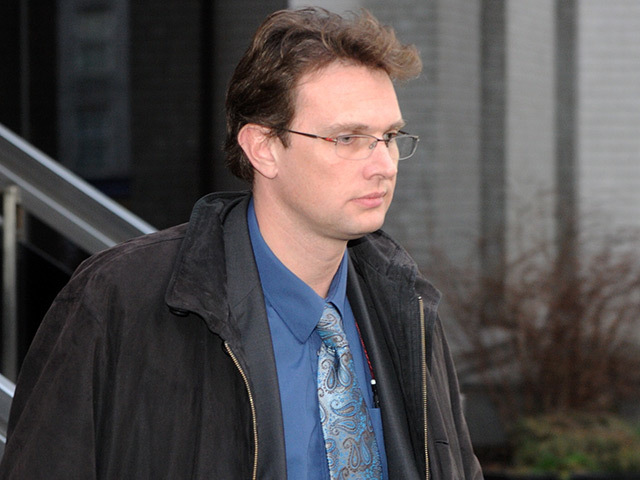
Action taken by the manufacturer since the fatal North Sea helicopter disaster of 2009 should prevent the same kind of “catastrophic” gearbox failure happening again, a design expert for the company has said.
Emmanuel Mermoz, 39, told a fatal accident inquiry yesterday that measures introduced since the Bond-operated Super Puma crashed, killing all 16 people on board, would stop the same sequence of events.
Mr Mermoz, who heads up the gearbox design team at Airbus Helicopters, formerly Eurocopter, said the “reinforcement” of technology used to detect loose metal in the transmission system and more frequent checks had made Super Pumas safer.
He added: “All of that will ensure such a situation will not occur…any more.”
Speaking on the 14th day of the inquiry at Aberdeen’s Town House, he repeated his earlier evidence that a process called spalling – progressive deterioration of the surface of a gear – most likely took place in the gearbox of Bond’s G-REDL aircraft before it plunged into the sea about 13 miles from Peterhead on April 1, 2009.
Mr Mermoz has said Bond’s engineering team “misinterpreted” the discovery of a metal fragment in the gearbox a week earlier.
The helicopter was allowed to keep flying on “close monitoring” after the engineers used a troubleshooter, but not the aircraft’s maintenance manual, to decide what to do.
If they had checked the manual, they would have seen an instruction telling them to open up part of the gearbox to check magnets inside for any more metal particles.
Accident investigators have said the accident was caused by a “catastrophic” failure of the gearbox, possibly the result of spalling.
Read full news and analysis from the latest Super Puma Inquiry session, see tomorrow’s Press and Journal